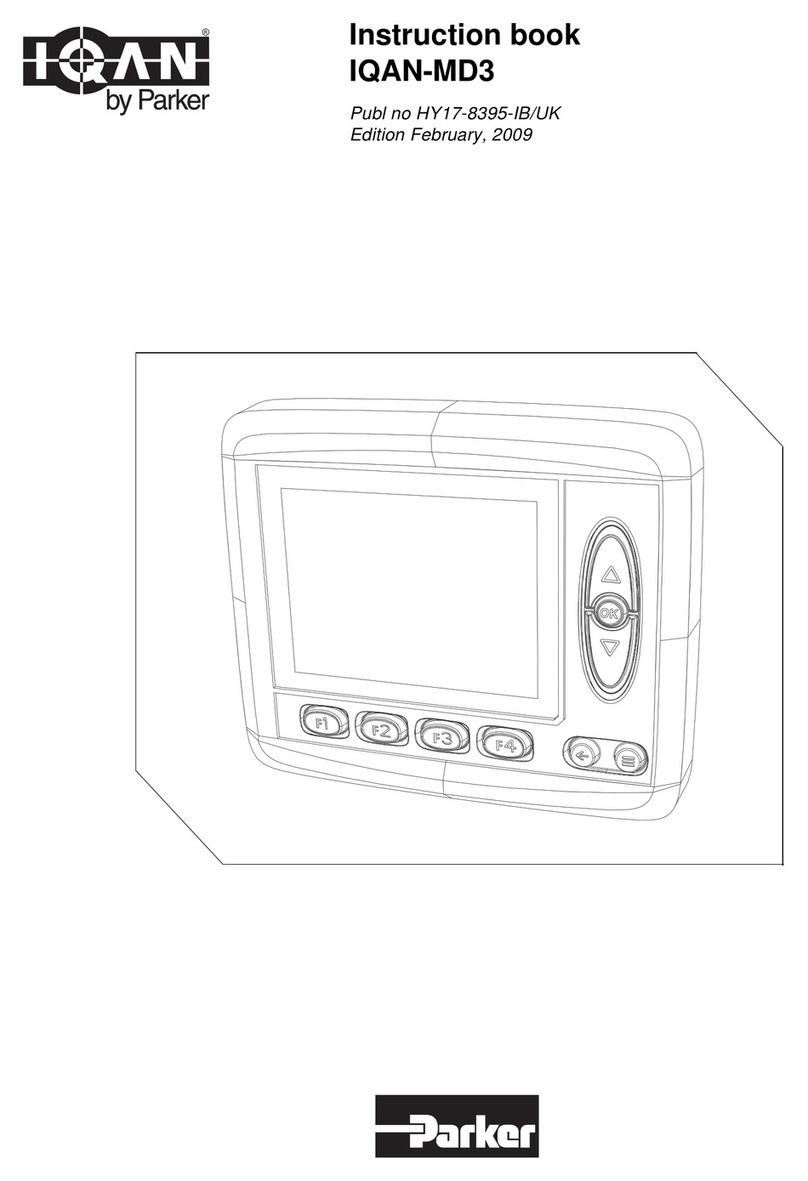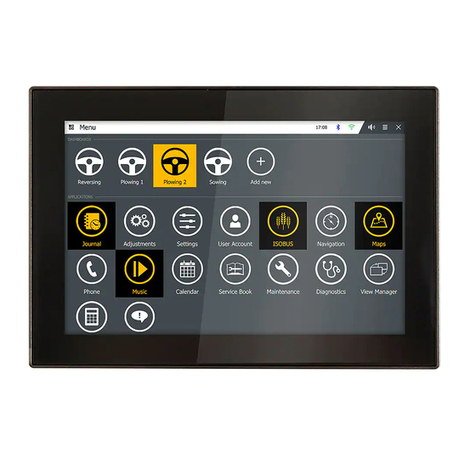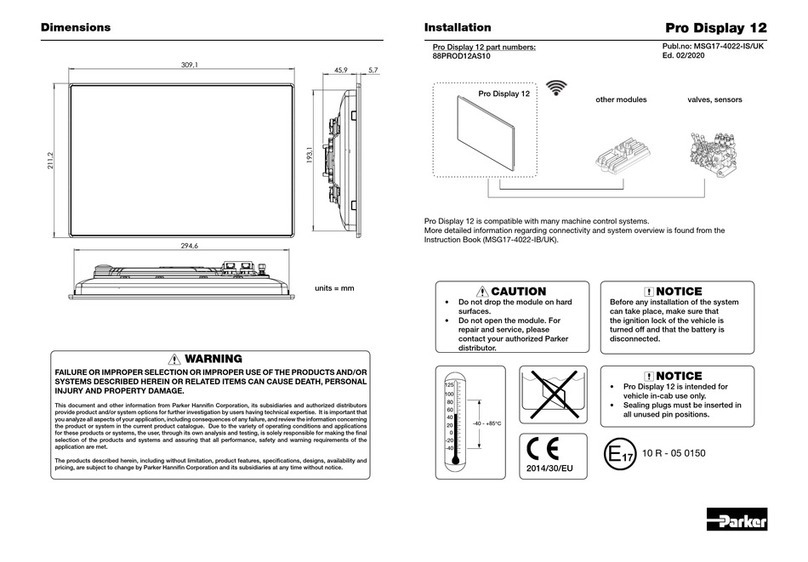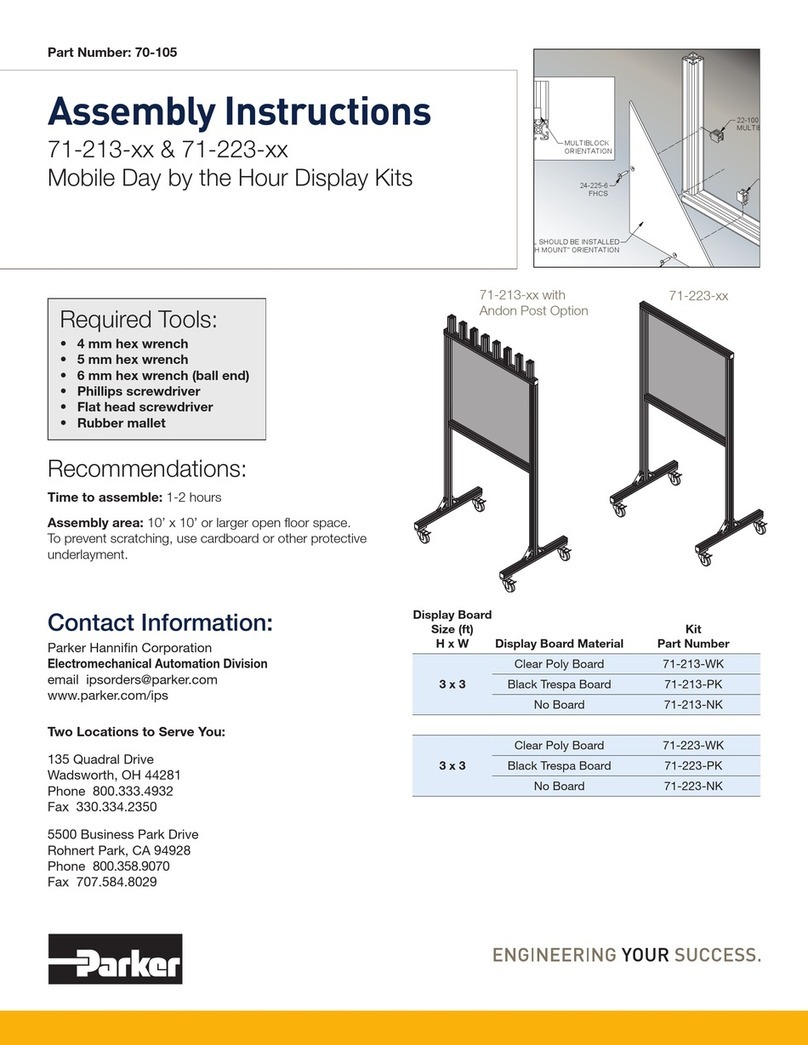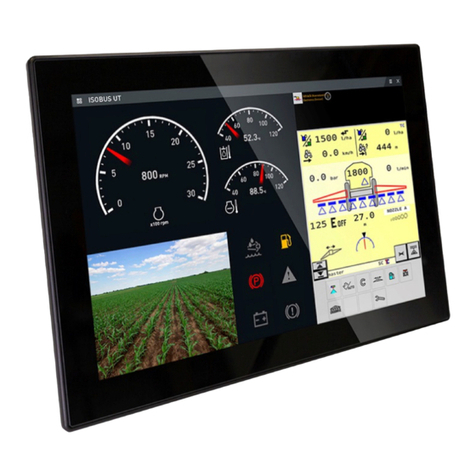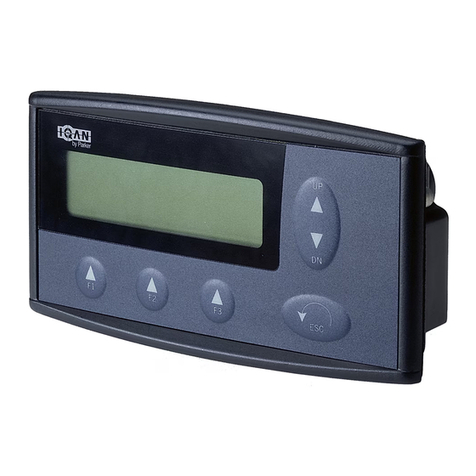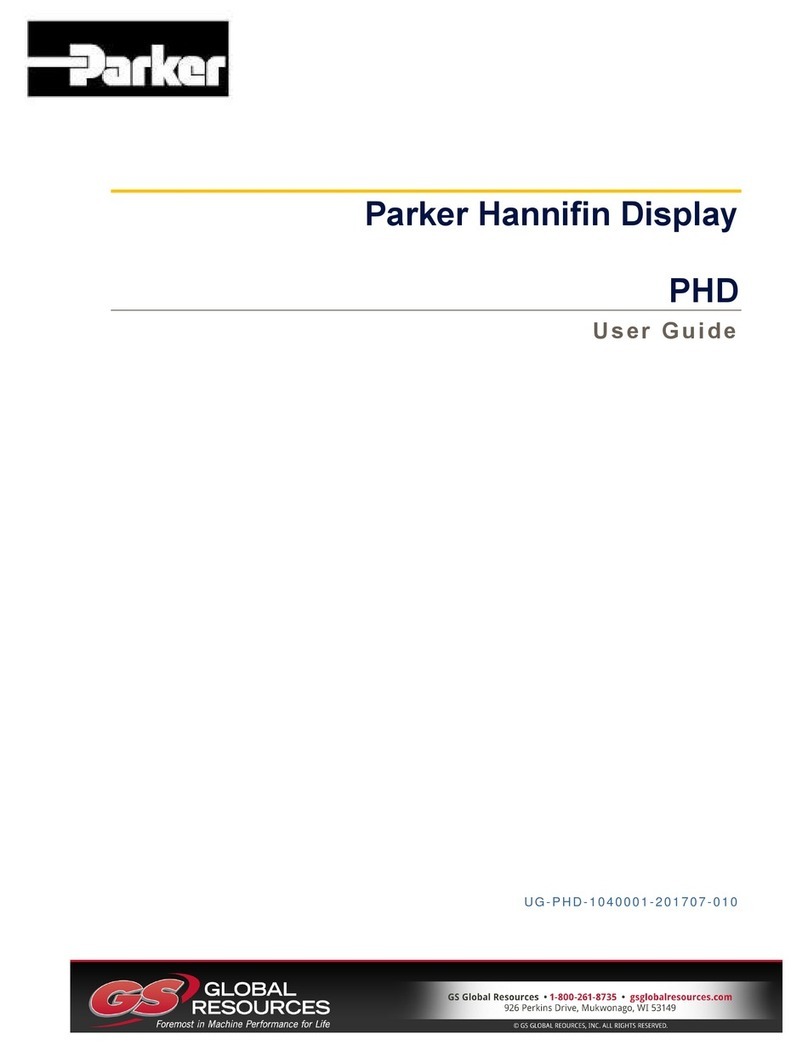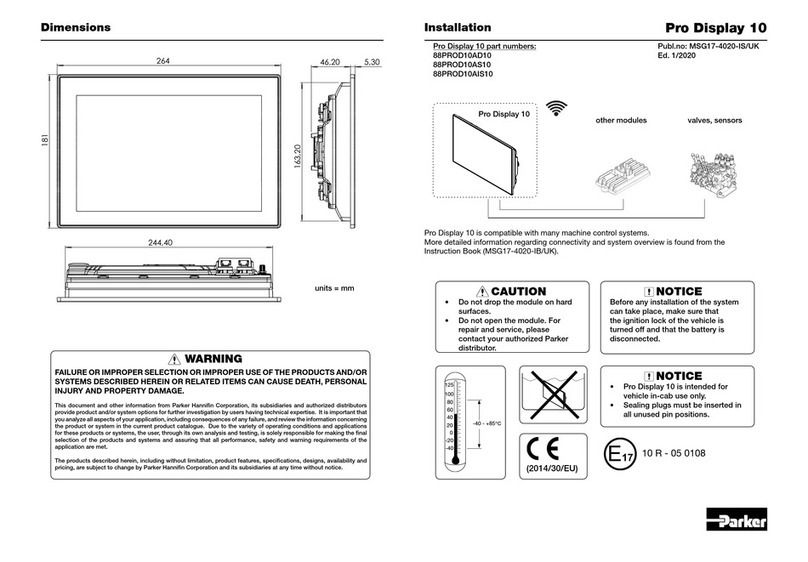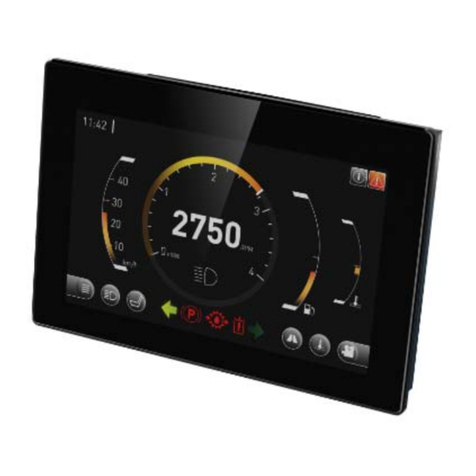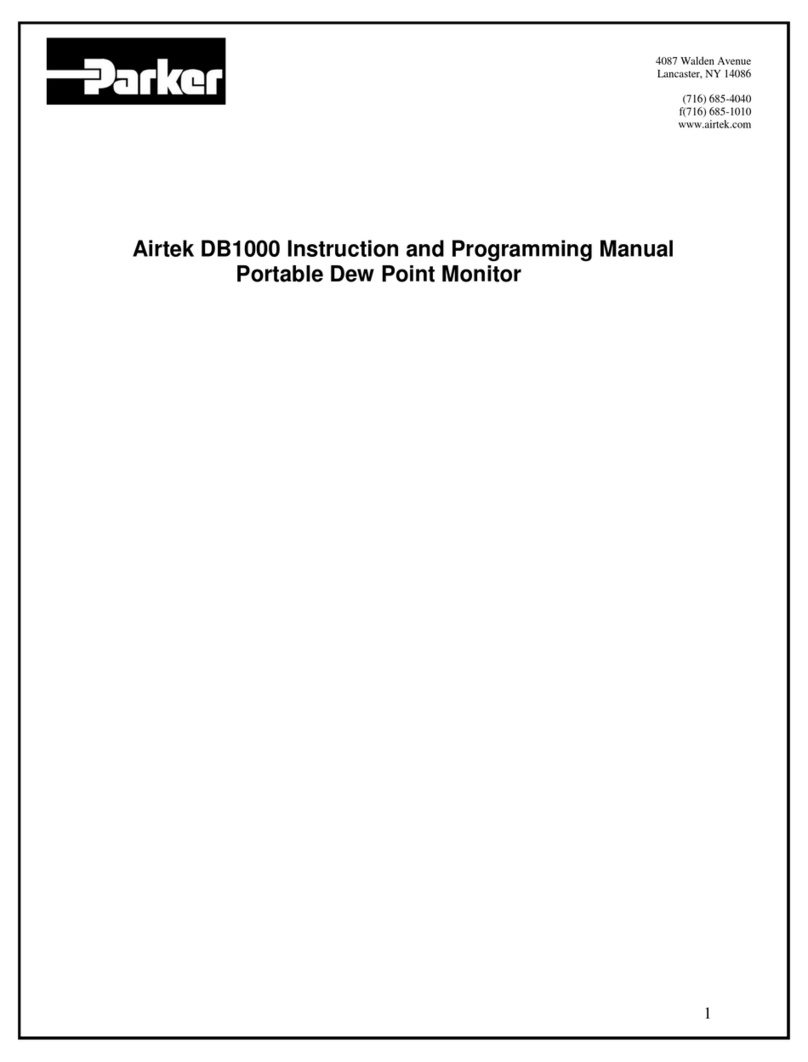Publication History ...............................................................................................................v
Safety ....................................................................................................................................vi
Safety symbols.................................................................................................................................vi
General safety regulations...............................................................................................................vi
Welding after installation.................................................................................................................vii
Construction regulations .................................................................................................................vii
Safety during installation.................................................................................................................vii
Safety during start-up.....................................................................................................................viii
Safety during maintenance and fault diagnosis.............................................................................viii
1. About the PHD (Parker Hannifin Display).......................................................................1
1.1. Diagram conventions ................................................................................................................5
2. Connectors........................................................................................................................7
2.1. Pinouts......................................................................................................................................8
3. Inputs ...............................................................................................................................13
3.1. PHD28 inputs..........................................................................................................................13
3.2. PHD50 inputs..........................................................................................................................14
3.3. PHD70 inputs..........................................................................................................................15
3.3.1. PHD28/PHD50 analog input capabilities...................................................................16
3.3.2. PHD28/PHD50/PHD70 digital input capabilities........................................................18
3.3.3. PHD50/PHD70 frequency input capabilities..............................................................20
3.4. Using inputs as low power outputs.........................................................................................22
3.4.1. Low power, high-side output capabilities...................................................................22
4. Outputs ............................................................................................................................24
4.1. PHD28/PHD50/PHD70 Low-side outputs...............................................................................24
4.1.1. Low-side output capabilities ......................................................................................24
4.2. Sensor and regulated supply outputs .....................................................................................26
4.2.1. Sensor and regulated supply capabilities..................................................................27
5. Power ...............................................................................................................................28
6. Communication...............................................................................................................29
6.1. Controller Area Network..........................................................................................................29
6.1.1. CAN capabilities ........................................................................................................29
6.1.2. PHD CAN installation connections............................................................................30

